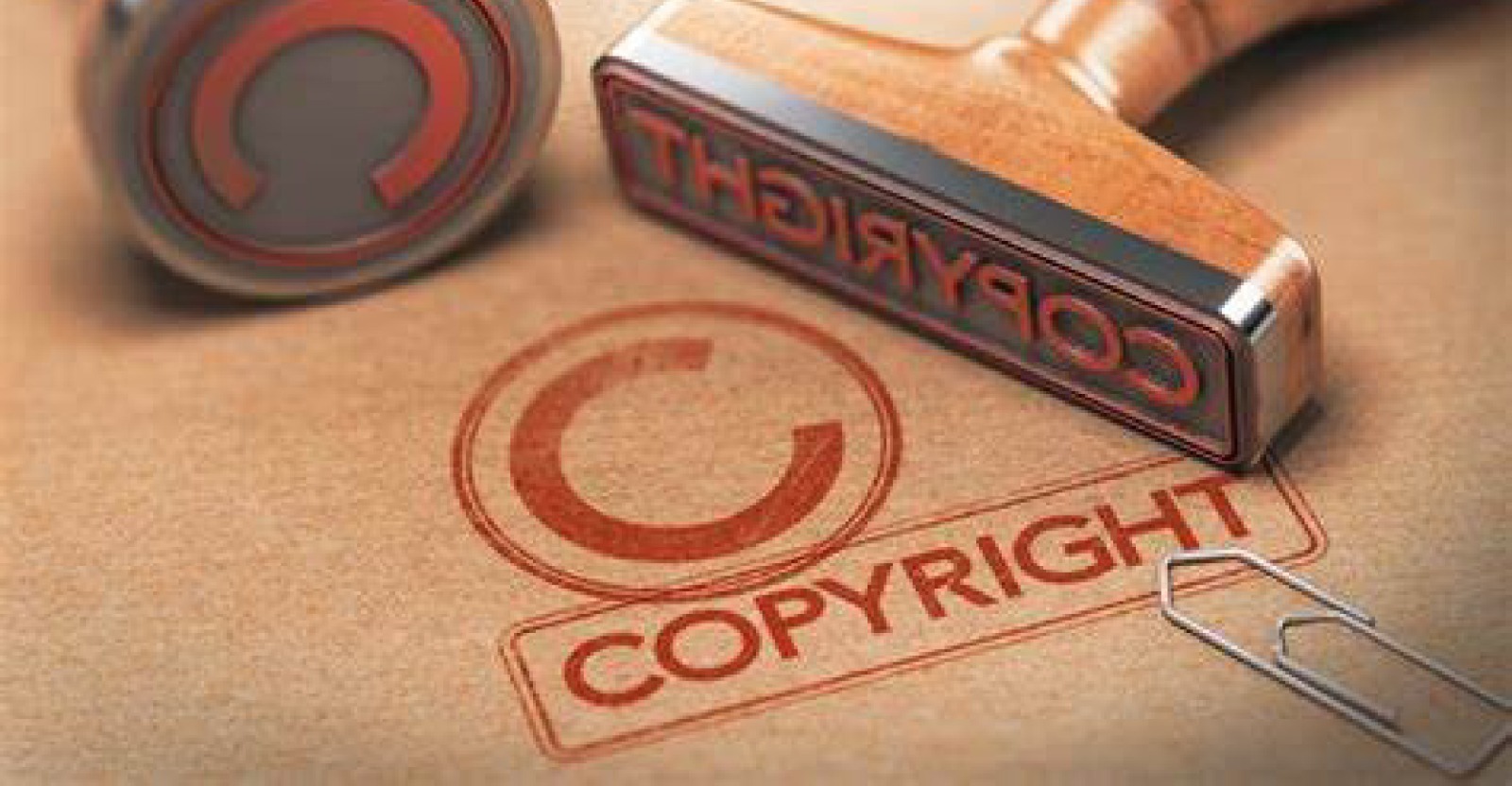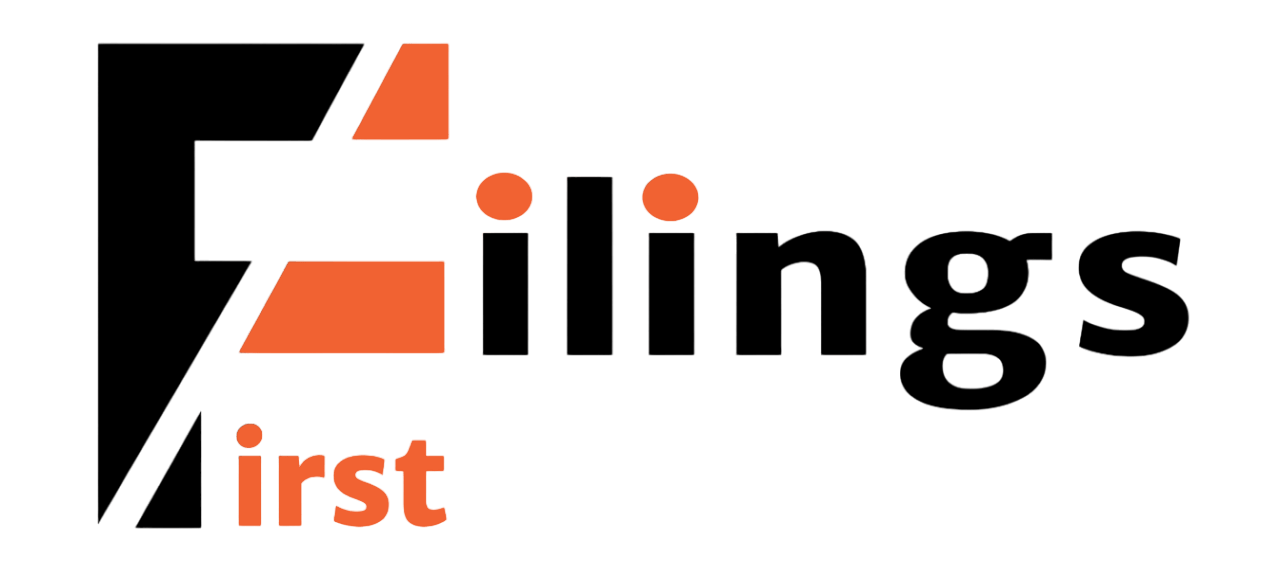
COPYRIGHT
In the vast landscape of creative expression, copyright stand as the guardians of innovation and originality. They form the bedrock of legal protection, ensuring that the fruits of creativity are not only acknowledged but also safeguarded against unauthorized use. Yet, amidst the myriad of laws, regulations, and misconceptions surrounding copyrights, navigating this terrain can often feel like traversing a complex maze. Welcome to our blog, where we embark on a journey to demystify copyrights – unravelling their significance, exploring their intricacies, and offering practical guidance to creators, consumers, and enthusiasts alike. Whether you’re an artist, a writer, a musician, a filmmaker, or simply someone intrigued by the world of intellectual property, this space is designed to equip you with the knowledge and understanding necessary to navigate the nuances of copyrights with confidence and clarity. In the digital age, where the boundaries of creativity are constantly expanding and the dissemination of content occurs at lightning speed, the importance of copyrights cannot be overstated. They serve as the cornerstone of a thriving creative ecosystem, incentivizing innovation, fostering cultural exchange, and preserving the integrity of artistic endeavours across diverse mediums and platforms.WHAT IS COPYRIGHT?
The legal right of the owner of intellectual property is referred to as copyright. The ability to copy is, to put it simply, copyright. This implies that the only people with the sole right to replicate a work are its original creators and anybody they authorise. For a limited period of time, copyright law grants the producers of creative material the only authority to use and duplicate their creations. The copyrighted material enters the public domain when the copyright expires.
HOW DOES COPYRIGHTING WORK?
When someone produces anything that is thought to be unique and includes a lot of mental work, it becomes an intellectual property that needs to be kept safe from illegal replication. Some instances of original works of art are:
- Books
- Movies
- Poetry
- Musical lyrics and compositions
- Computer software
- Graphic designs,
- Film
- Original architectural designs
- Website content
THE INDIAN PERCEPTION
The Copyright Act, of 1957 offers copyright protection in India. It grants copyright protection in the following two forms:
- Economic rights of the author
- Moral Rights of the author.
A. ECONOMIC RIGHTS OF THE AUTHOR
Original works of literature, drama, music, and art are protected by copyright; this also applies to cinematography and sound recordings. The above-mentioned works’ copyright holders are entitled to economic rights under Section 14 of the Copyright Act, 1957.
The primary rights pertain to literary, dramatic, and musical works, excluding computer programs. These rights include the ability to duplicate the work in any format, including electronic files, distribute copies of the work to the public, perform the work in public or share it with the public, create cinematographic films or sound recordings based on the work, and translate or adapt the work.
When it comes to computer programs, the author also has the right to offer for sale or hire, sell, or provide any copy of the programme for hire or sale, regardless of whether it has already been sold or given on hire.
Regarding an artistic work, an author’s rights encompass the ability to duplicate the work in any material format, such as portraying a two-dimensional work in three dimensions or a three-dimensional work in two dimensions, disseminating or copying the work to the general public, incorporating the work into cinematography, and modifying the work in any way.
When it comes to cinematograph films, the creator is entitled to manufacture duplicates of the work, including photos of any images that appear in it, as well as to offer, sell, or otherwise deal in copies of the work and show it to the general public. The author of a sound recording also has access to these rights.
In addition to the aforementioned rights, the creator of a painting, sculpture, drawing, or manuscript for a play, or musical piece, if he was the initial copyright holder, will be eligible for a portion of the original copy’s resale value, so long as the amount exceeds ten thousand rupees.
B. MORAL RIGHTS OF THE AUTHOR
The Copyright Act, 1957 – Section 57 outlines the two fundamental “moral rights” of authors.
- Right of Paternity
- Right of Integrity


